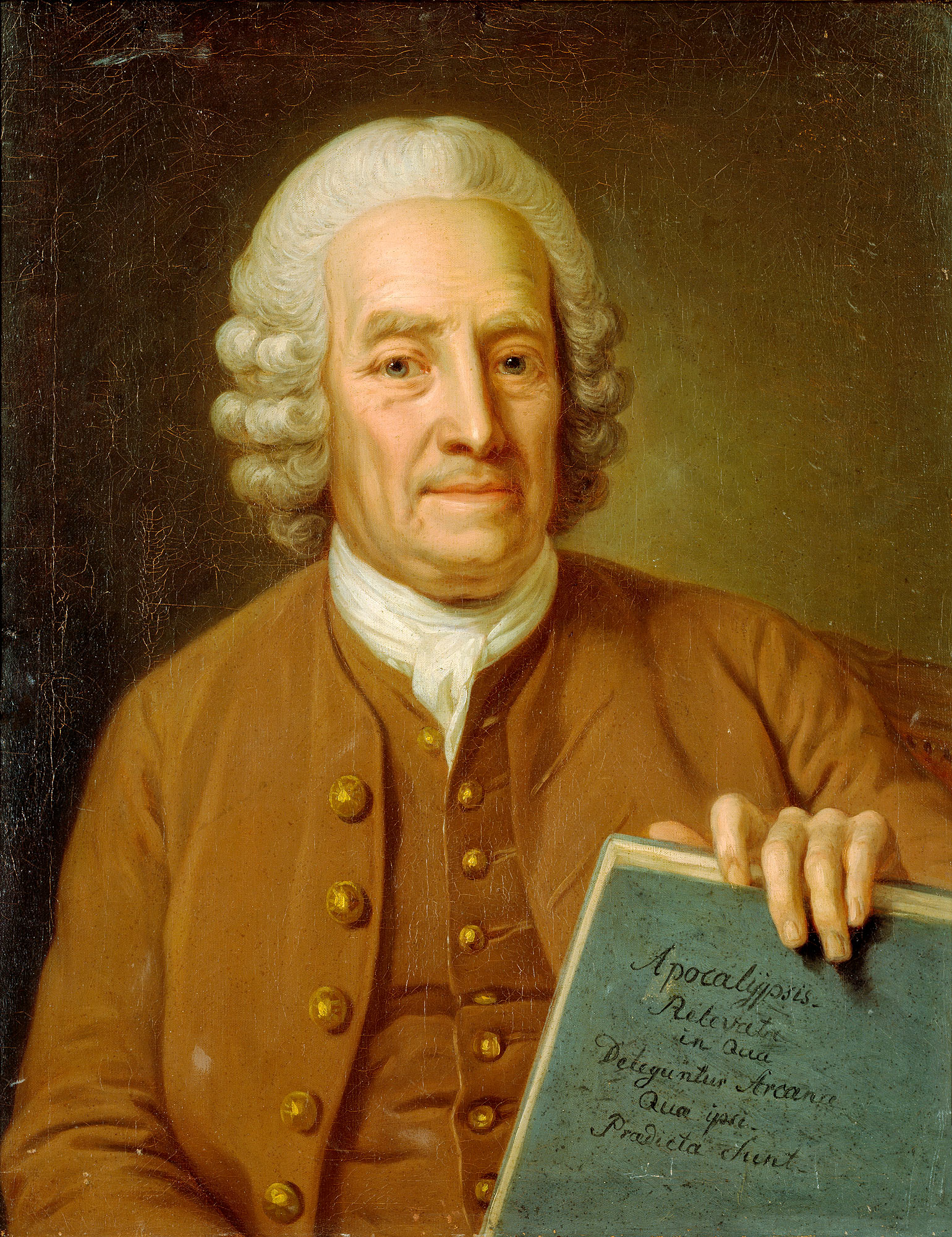Good morn/midday/evening/matins, dear readers! I have another interesting little bioblogette for your edifipleisure.
What did Johnny Appleseed and Henry James, Sr. (the father of the James boys, William, Jesse, Frank, Henry Jr., and Joe Walsh) have in common? Both were adherents of the teachings of eighteenth-century religious innovator Emmanuel Swedenborg, whose theological philosophies were not unlike the famous Swedish buffet that bears his name (which means "deadly Swedish robot" in Sverige). He may look (see above photo) much like a kindly old John-Adams-type bewigged amateur theologian, but the passions of his religious revelations bespoke his Viking ancestry!
 Figure B: Henry James Sr.'s male issue (from left, Henry Jr., William, Jesse, and Franklin), all educated in the ancient rites propagated by Emmanuel Swedenborg.
Figure B: Henry James Sr.'s male issue (from left, Henry Jr., William, Jesse, and Franklin), all educated in the ancient rites propagated by Emmanuel Swedenborg.
"Manny," as Swedenborg was known to both his divine and human friends, said that God had personally revealed to him the spiritual meaning of the Bible in order to illuminate the Second Coming of Jesus, the Christ, that was imminent. Because they had become such good friends, God even screened the Last Judgment for Swedenborg, complete with gnashing of teeth and scroll-eating. He published these revelations anonymously, but word of his identity, much like that of the author of Primary Colors, soon got out. Ahead of his time, Swedenborg believed that salvation is available to people from all religions, as long as they lead a good life and make the håäjfärd to Stockholm once in their lives.
Soon after his death in 1772 (or transfiguration?) Swedenborg's acolytes established the New Church to proselytize Manny's message far and wide. Many noteworthy personages became converts, Swedenborgianism's progressive tenets having a certain intellectual appeal.
Figure C: Another handsome portrait of Manny.
Soon after his death in 1772 (or transfiguration?) Swedenborg's acolytes established the New Church to proselytize Manny's message far and wide. Many noteworthy personages became converts, Swedenborgianism's progressive tenets having a certain intellectual appeal.
Perhaps the best-known Swedenborgian to today's American youth is John Chapman, better known as "Jonathan Appleseed," whose famous (nick)surname was bestowed upon him during a mystic initiation rite worthy of a Tom Cruise film, became a missionary for his local Swedenborgian chapter. Most of the well-known accouterments of Chapman's frontier wanderings were in fact tools used to propagate Swedenborgian beliefs. He employed his famous frying pan hat, for example, in an elaborate demonstration of metaphor that attempted to explain the "pouring out" of God's judgment on humanity through the "vessel" of Emmanuel Swedenborg. Chapman's choice to not wear shoes, he explained, represented the choice between the "hellish" worldly pleasures of Hell and the natural joys of Heaven that each soul had to make after death. And he really just liked apples a lot.
Figure D: 1893 engraving showing the alleged meeting between the spirit of Swedenborg and Smith. Note the highly inaccurate depiction of 18th-century dress.
It is a shame that that well-known Burnt Over District native and hat-lover Joseph Smith "borrowed" some of the Swedenborgian's best ideas for his own pet religion, which he first called "Neo-Egyptologianism." In addition to his liberal appropriation of the idea of eternal marriage, Smith reversed Swedenborg's infamous commitment to polyandry. (The famous King Christiana was herself a practitioner, adding over seventeen "queens" to her list of husbands.)
Well, my time is about up for this installment of the Cabinet. I shall continue the story of Swedenborg & Co. in a future installment. In the meantime, dear readers, please write in with your opinions on my pseudohistorical musings (candygrams encouraged).
Well, my time is about up for this installment of the Cabinet. I shall continue the story of Swedenborg & Co. in a future installment. In the meantime, dear readers, please write in with your opinions on my pseudohistorical musings (candygrams encouraged).





Wonderful - you manage to stretch "pseudohistorical"! I love your counterpoints that illustrate what he actually wrote!
ReplyDelete- Clark, a New Church Pastor